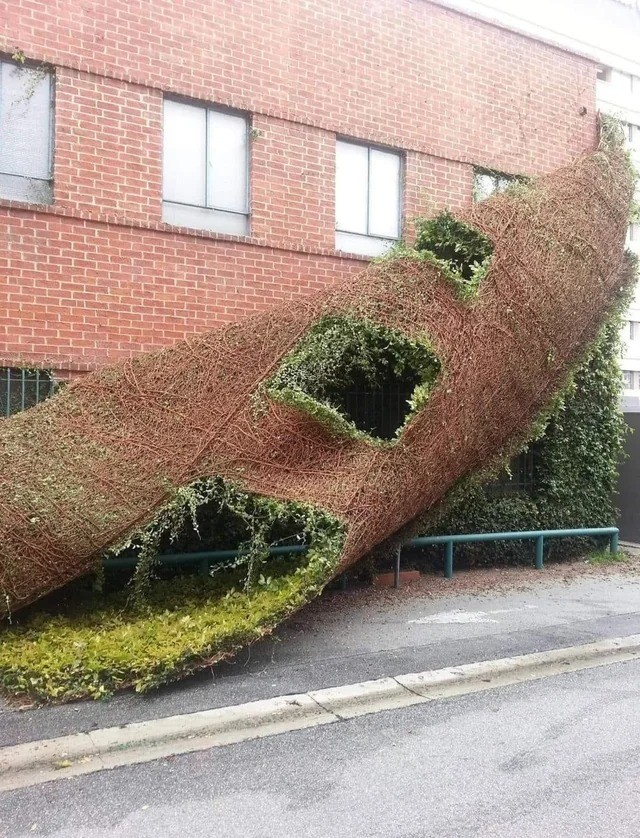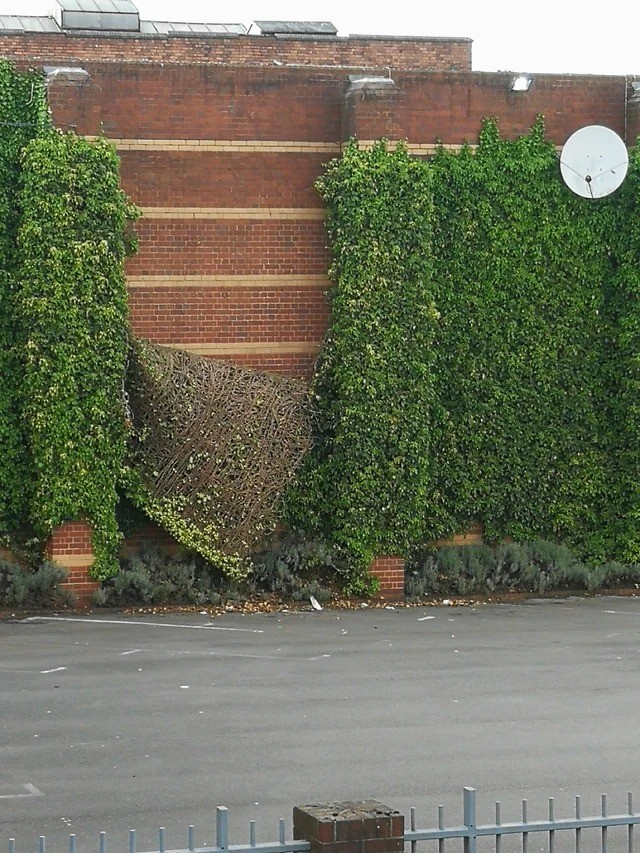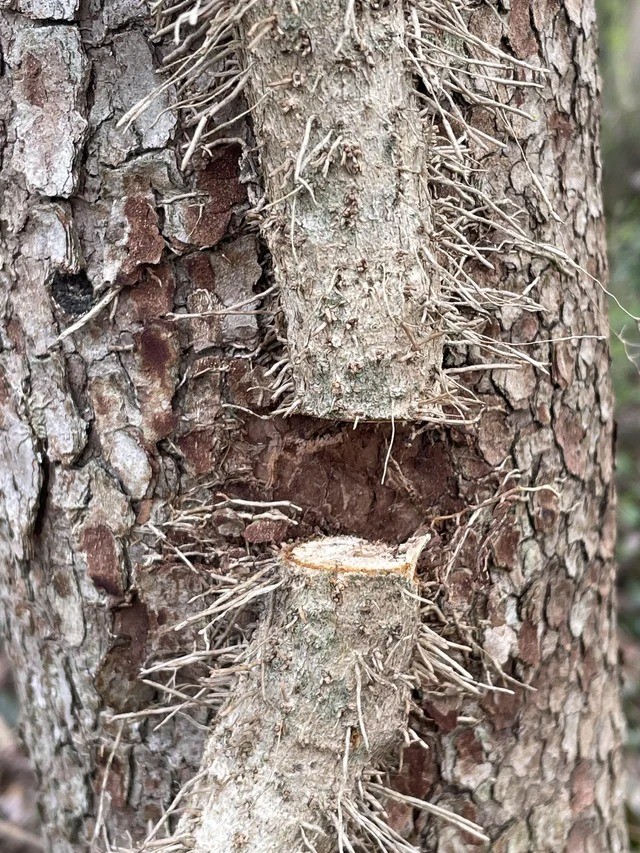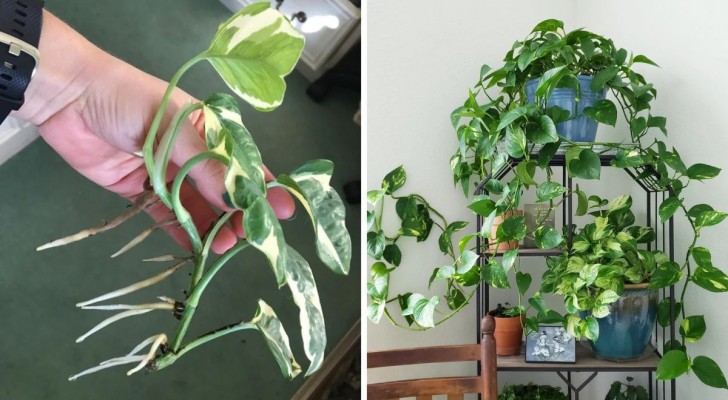Removing ivy from walls and the garden: useful advice to follow

Ivy is one of the most resistant plants in the world: robust and capable of surviving in many different climates and conditions, it is used both decoratively - perhaps also to create near-indestructible hedges - and to cover large expanses of open space. In most cases, ivy's growth is controlled with periodic pruning, but it can happen that this plant gets out of control.
Often, ivy is treated as a weed. If it is not eliminated when young, it quickly takes possession of large spaces, sometimes also causing the death of the plants on which it grows.
So when the time comes to remove this stubborn vine, how should it be done? There are several methods to consider:
Removal from house walls

Whenever you are preparing to remove ivy, it is advisable to protect your eyes and respiratory tract, since the plant releases pollen and dust in large quantities.
It is preferable to do this removal process after a period of rain, or by thoroughly wetting the wall before starting. As for the methods to use:
- Manual: it is the slowest method, but also the most effective. Always start from the top, pulling the branches downwards, using tools such as hatchets or sickles to detach the more resistant branches. Some larger and more robust branches will have to be cut. In any case, care must be taken not to damage the plaster on the wall.
- Chemical: there are chemicals and herbicides designed specifically for ivy or brambles. They must be used carefully following the manufacturers' instructions, wearing the necessary protection, and taking extreme care not to let the chemicals end up on any surrounding plants

- Pressure washer: faster than the other methods, it can, however, cause damage to the surface of the wall, and this method is recommended for use only at the bottom of the plant where it is strongest.
- Blowtorch: this should be used only if you are absolutely certain that the material on the wall is fireproof. Proceed by slowly burning the roots that cling to the wall.
Remove ivy from tree trunks

Again, every time you are preparing to remove ivy, it is advisable to protect your eyes and respiratory tract, since the plant releases pollen and dust in large quantities.
When you want to remove ivy from the trunk of another plant, you need to proceed carefully, step by step:
- Use a saw to cut the ivy at its' base, and again near the point from which the major branches start;
- Using a sickle or hatchet, detach these branches from the plant you want to free;
- Continue by removing the ivy branches from the rest of the plant, using a pair of shears (or a limb lopper);
- When only the roots remain try to dig them up using a pickaxe, and trying not to damage the roots of the plant you want to free from the ivy.
It takes patience and time, but in the end you will win!





